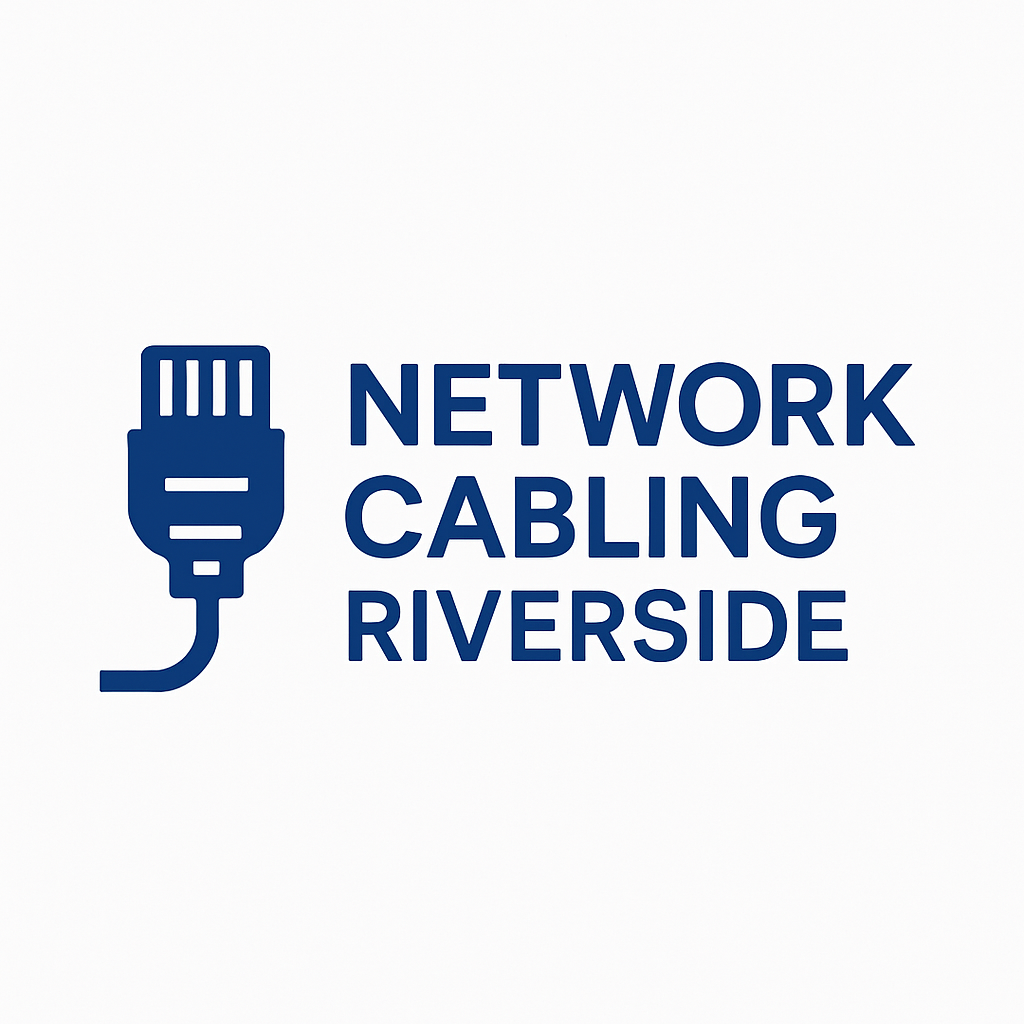Structured Cabling in Riverside CA | Complete Informational Guide
Structured cabling is the foundation of modern business networks. Whether you are setting up an office, upgrading technology, or ensuring reliable connectivity, understanding structured cabling can help you make informed decisions. This guide provides an in-depth look at what structured cabling is, its benefits, and why it is essential for businesses in Riverside, CA.
What is Structured Cabling?
Structured cabling refers to the standardized approach of installing and organizing network cables to support various communication systems, including data, voice, and video. Unlike traditional wiring, which may be installed haphazardly over time, structured cabling provides a systematic, organized solution that allows for easier management and scalability.
A structured cabling system typically includes:
- Horizontal cabling: Connects workstations to telecommunications rooms.
- Backbone cabling: Links different telecommunications rooms, equipment rooms, and main distribution areas.
- Telecommunications rooms: Central hubs where network equipment, switches, and routers are installed.
- Patch panels and racks: Organize cable terminations and facilitate easy maintenance.
Benefits of Structured Cabling
Investing in structured cabling offers numerous advantages for businesses:
1. Improved Network Performance
Structured cabling reduces interference and signal degradation, ensuring faster data transfer speeds and more reliable connections.
2. Simplified Maintenance
With clearly labeled and organized cables, troubleshooting and repairs become faster and less disruptive.
3. Scalability
As your business grows, adding new devices or relocating workstations is easier without a complete rewiring.
4. Cost Efficiency
Although initial installation costs may be higher, structured cabling reduces long-term maintenance expenses and network downtime.
5. Future-Proofing
Structured cabling supports emerging technologies and higher bandwidths, ensuring your network remains efficient for years.
Common Types of Structured Cabling Systems
Businesses in Riverside, CA, typically use the following cabling types:
- Cat5e: Supports speeds up to 1 Gbps, suitable for small offices.
- Cat6: Offers higher performance with speeds up to 10 Gbps over shorter distances.
- Fiber Optic: Ideal for long-distance connections, high-speed data, and large enterprises.
- Coaxial: Used for legacy systems and certain video applications.
Choosing the right cabling type depends on business size, network requirements, and anticipated future needs.
Key Considerations for Structured Cabling Installation
When implementing structured cabling, businesses should consider:
- Planning: Assess current and future network requirements to determine cable types and layouts.
- Standards Compliance: Follow ANSI/TIA standards for safety and performance.
- Cable Management: Use proper labeling, racks, and pathways to reduce clutter and maintain organization.
- Testing and Certification: Ensure each cable is tested for performance and reliability before the network goes live.
How Structured Cabling Enhances Business Operations
Structured cabling provides more than just connectivity. Businesses experience:
- Reduced Downtime: Fewer network interruptions due to organized and reliable cabling.
- Enhanced Productivity: Faster network speeds and seamless communication.
- Support for Modern Technology: VoIP phones, security cameras, and video conferencing operate efficiently.
- Easy Upgrades: Adding devices or new systems is straightforward without disrupting existing infrastructure.
Frequently Asked Questions
Conclusion
Structured cabling is a critical component of a reliable and efficient network. Businesses in Riverside, CA, can significantly benefit from understanding the advantages, types, and installation best practices. Investing in structured cabling enhances performance, supports business growth, and ensures your technology infrastructure is prepared for future demands.
